
Happy Days! Instant Asset Write-off extended to December 2020
/
0 Comments
As part of the COVID-19 Business Stimulus Package, the Federal…
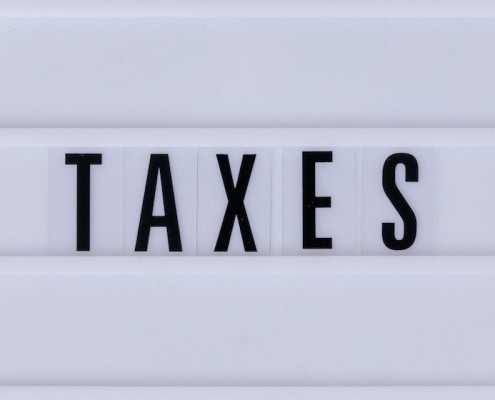
Claiming work-related expenses this year?
COVID-19, the bushfires and other natural disasters that occurred…

Naughty vs Nice expense claims … Ho, Ho, Ho!
Before we all go on holidays, let’s talk about the “naughty”…
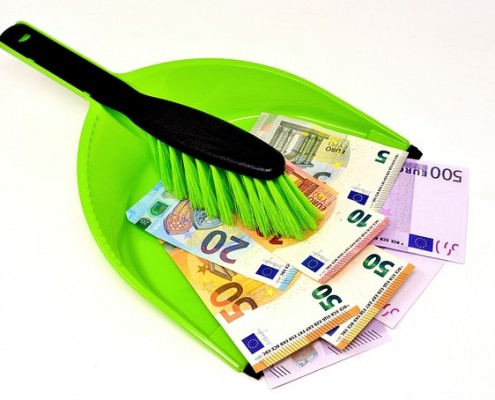 http://svaccountants.com.au/wp-content/uploads/2019/09/symbolic-3156550_640.jpg
454
640
svaadmin
https://svaccountants.com.au/wp-content/uploads/2016/02/WEBSITE-HEADER-LOGO.fw_-300x138.png
svaadmin2019-09-18 23:45:282019-09-19 00:15:26Spring clean your finances
http://svaccountants.com.au/wp-content/uploads/2019/09/symbolic-3156550_640.jpg
454
640
svaadmin
https://svaccountants.com.au/wp-content/uploads/2016/02/WEBSITE-HEADER-LOGO.fw_-300x138.png
svaadmin2019-09-18 23:45:282019-09-19 00:15:26Spring clean your finances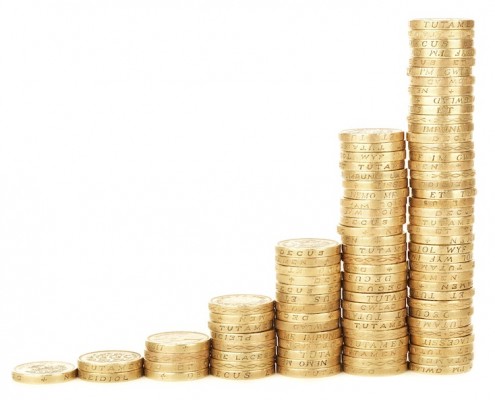
Big or small – what will you do with your tax refund?
Around 84% of all Australian taxpayers lodge their return on…
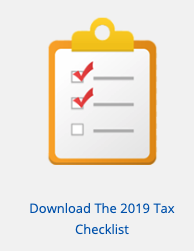 http://svaccountants.com.au/wp-content/uploads/2019/07/SVA-Article-2.png
251
194
svaadmin
https://svaccountants.com.au/wp-content/uploads/2016/02/WEBSITE-HEADER-LOGO.fw_-300x138.png
svaadmin2019-07-31 01:00:092019-07-31 22:15:17Tax Tips
http://svaccountants.com.au/wp-content/uploads/2019/07/SVA-Article-2.png
251
194
svaadmin
https://svaccountants.com.au/wp-content/uploads/2016/02/WEBSITE-HEADER-LOGO.fw_-300x138.png
svaadmin2019-07-31 01:00:092019-07-31 22:15:17Tax Tips http://svaccountants.com.au/wp-content/uploads/2019/07/SVA-Article-1.png
800
800
svaadmin
https://svaccountants.com.au/wp-content/uploads/2016/02/WEBSITE-HEADER-LOGO.fw_-300x138.png
svaadmin2019-07-31 00:00:302019-07-31 21:55:39What’s better?
http://svaccountants.com.au/wp-content/uploads/2019/07/SVA-Article-1.png
800
800
svaadmin
https://svaccountants.com.au/wp-content/uploads/2016/02/WEBSITE-HEADER-LOGO.fw_-300x138.png
svaadmin2019-07-31 00:00:302019-07-31 21:55:39What’s better?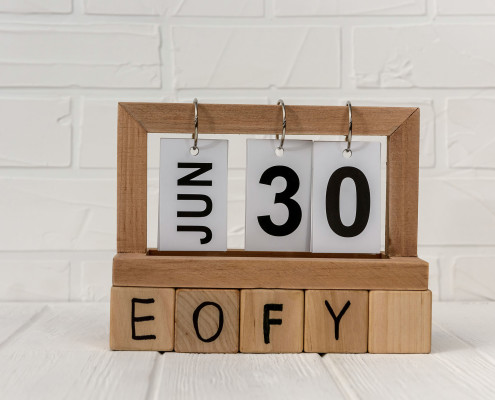 http://svaccountants.com.au/wp-content/uploads/2019/06/Get-tax-time-ready.jpg
1335
2000
svaadmin
https://svaccountants.com.au/wp-content/uploads/2016/02/WEBSITE-HEADER-LOGO.fw_-300x138.png
svaadmin2019-06-07 02:02:122019-06-07 02:29:15Get tax time ready!
http://svaccountants.com.au/wp-content/uploads/2019/06/Get-tax-time-ready.jpg
1335
2000
svaadmin
https://svaccountants.com.au/wp-content/uploads/2016/02/WEBSITE-HEADER-LOGO.fw_-300x138.png
svaadmin2019-06-07 02:02:122019-06-07 02:29:15Get tax time ready!
Payment Summaries – What employees need to expect
STP or Single Touch Payroll has gradually been rolled out over…
